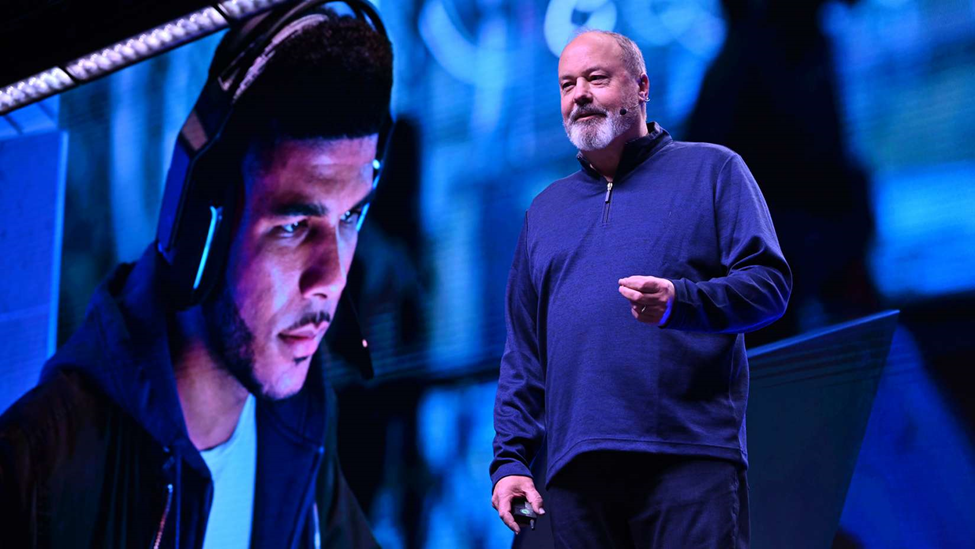The sweet spot for today’s AI PC is 100 TOPS, say ODMs
Intel’s ODM and OEM relationships are key to its strategy, which is fundamentally to achieve scale and be impossible to ignore. Even if you are Microsoft.
From Centrino in 2003 to Core Ultra in 2023, for two decades Intel device partners, especially in Japan, Korea, and Taiwan, have been the essential route for Intel’s PC space dominance.
It’s a two-way relationship—some Intel partners have grown to tens of billions in revenues on the strength of access to Intel chips and support engineers, but Intel has required a succession of technology innovations—in connectivity, security, form factor, and mobility—to ensure that it keeps the “Intel Inside” mantle.

“We think of the AI PC as the next major evolutionary step of the PC,” said Intel CEO Pat Gelsinger. The strategic positioning plan is for Intel to be “foundational in terms of proving the technologies,” added Intel’s Taiwan VP and GM, Grace Wang.
Put simply: Intel is all in on AI PC. They have to be, with Qualcomm Snapdragon X Elite, Apple’s M3, and AMD’s new 3rd Gen Ryzen, as well as MediaTek, Arm, and Nvidia in the wings also contesting the AI PC space.
Intel seems to be executing on delivery for AI PC, according to Jim Johnson, SVP of Intel’s Client Computing Group and GM Client Business Group, speaking at Intel’s Tech Tour in Taipei on May 31. He said Intel was shipping “final qual sample silicon” from May 30, “ahead of schedule for Q3 production.”

But what do the ODMs make of AI PC? Intel brought together a group of partners to speak to media, analysts, and ecosystem partners ahead of Computex 2024, and they were predictably bullish while recognizing these are early days for the AI PC.
According to Andy Lee, SVP of Worldwide PC at Compal, “AI PC requires a premium CPU with NPU and also more memory and storage”—conveniently just what Intel has in Lunar Lake. However, he concedes, “We are just at the beginning of this transition.”

Brian Chong, chief of product marketing at Wistron, is more bullish: “This will be a bigger, larger, and faster move over to a new paradigm. Not just a transition but a transformation. I haven’t seen this level of excitement over the last 15 years. Next year, we will see that volume will be on top of what we expect from the usual replacement cycle.”
Lee is clear about performance requirements, saying AI PCs “need to be over 100 TOPS.” With that requirement met, “we can bring AI everywhere to enable PC shipment in the market,” Lee said.
Crucial to all three ODMs, even though they have server products too, is the move from cloud to local AI. “With Intel Lunar Lake, a lot of goals can be achieved at the edge,” said Lee.
The reason given for the move from cloud to PC is for data sovereignty and privacy.
Quanta has done well in the cloud, proudly citing its partnership with OpenAI on its first server. However, they see the PC as vital to the future of AI. Alan Chai, SVP and GM of Quanta, says, “Running smaller-scale inference models will help lots of local applications. AI will be a mandatory feature for PC. When consumers buy the next PC, they will check the features for AI.”
Intel’s Johnson says this will be “a renaissance moment for the PC,” but what specifically are those features?
According to Lee, “GenAI can reduce the use of typing, it will be easier to talk to the PC, changing user behavior from now.”
Quanta’s Chai says, “Copilot and Gemini have to be based on very strong hardware,” but with that achieved, “in a short period, people will feel the PC is really personal because it has AI in it.”